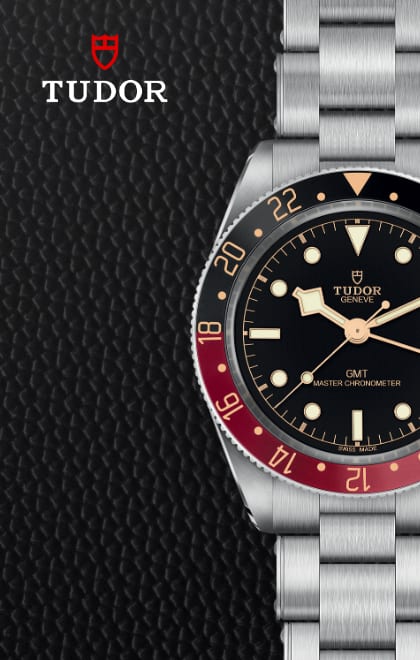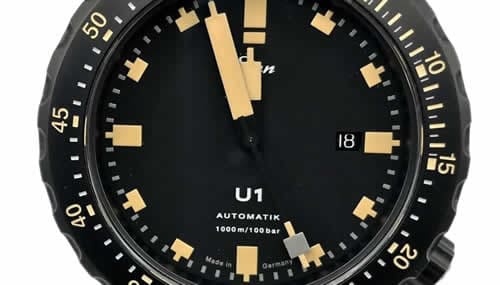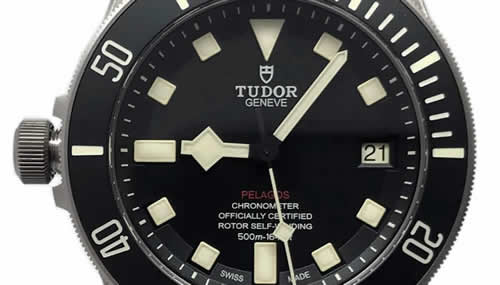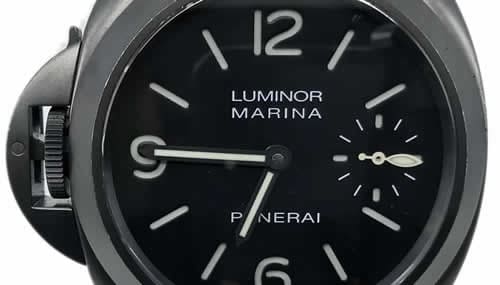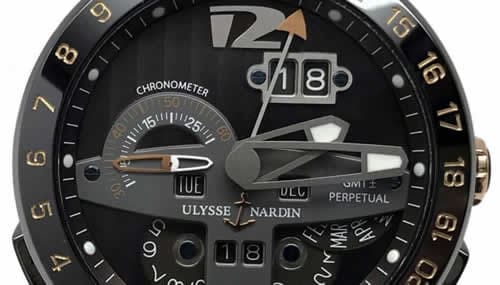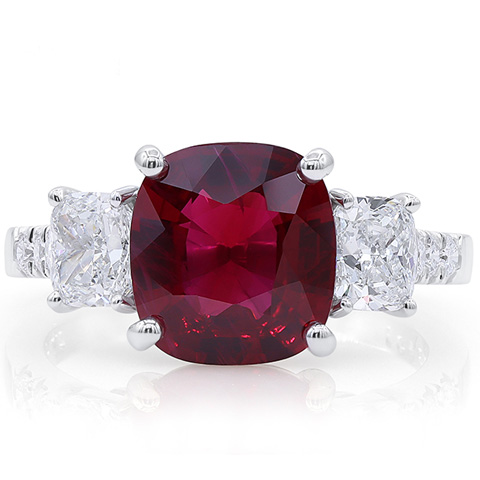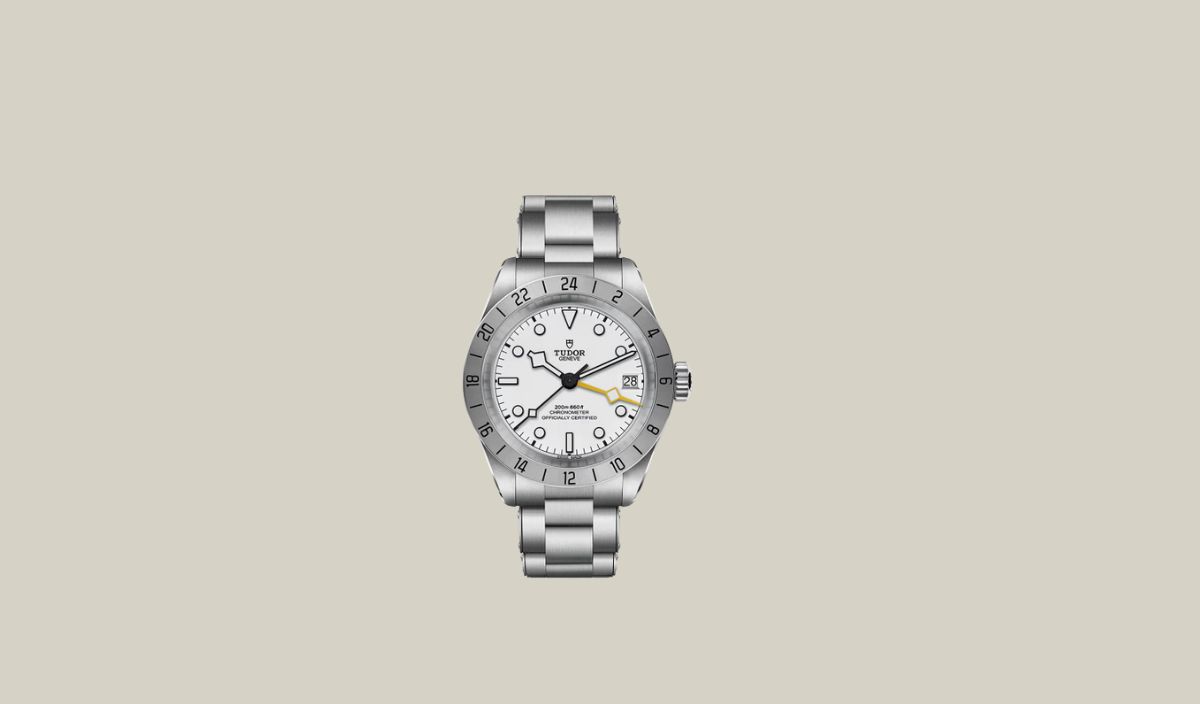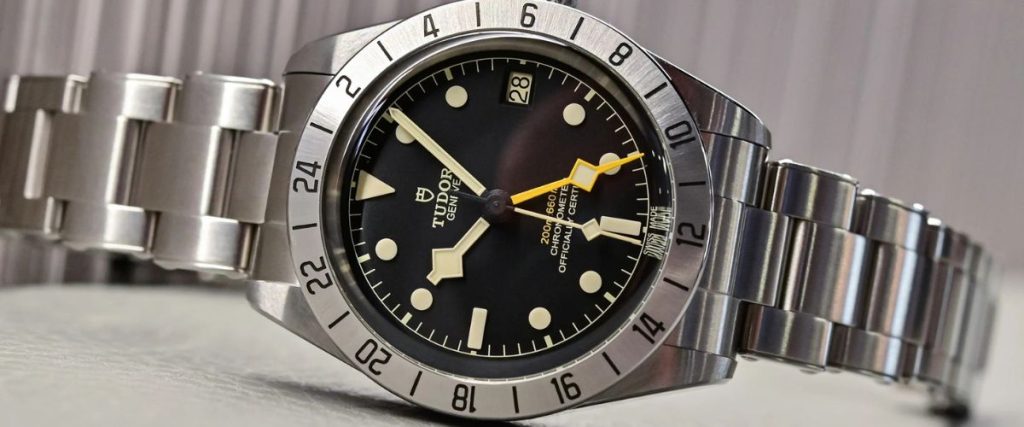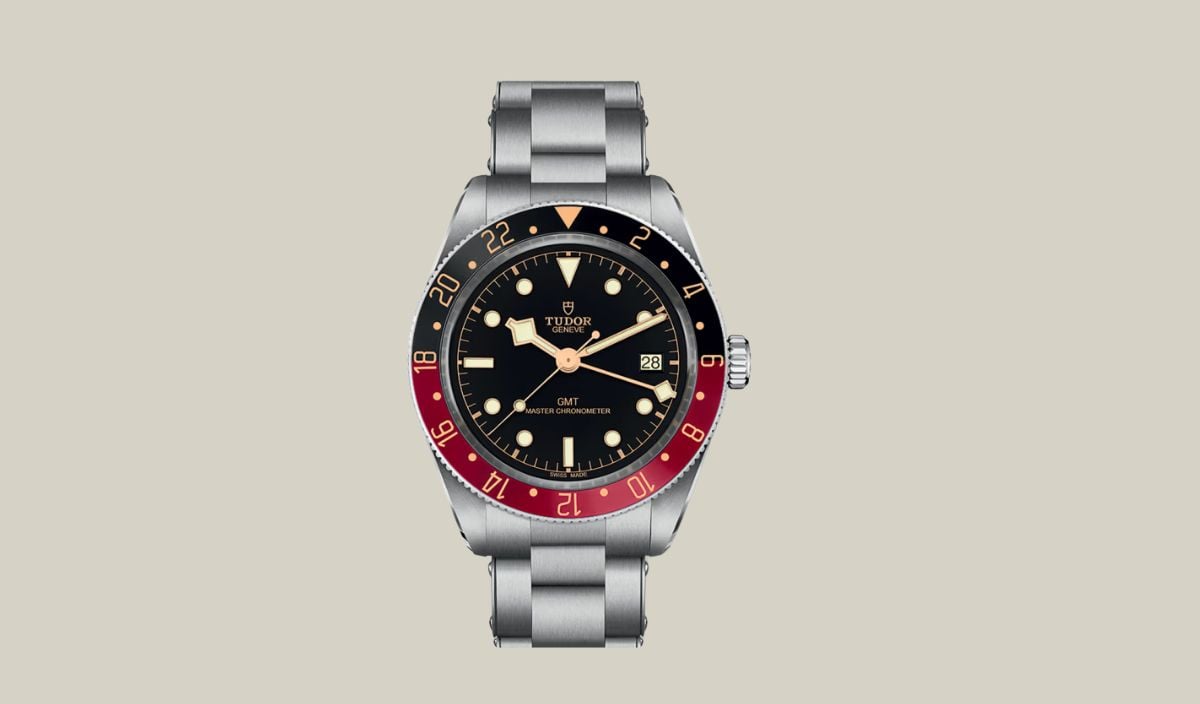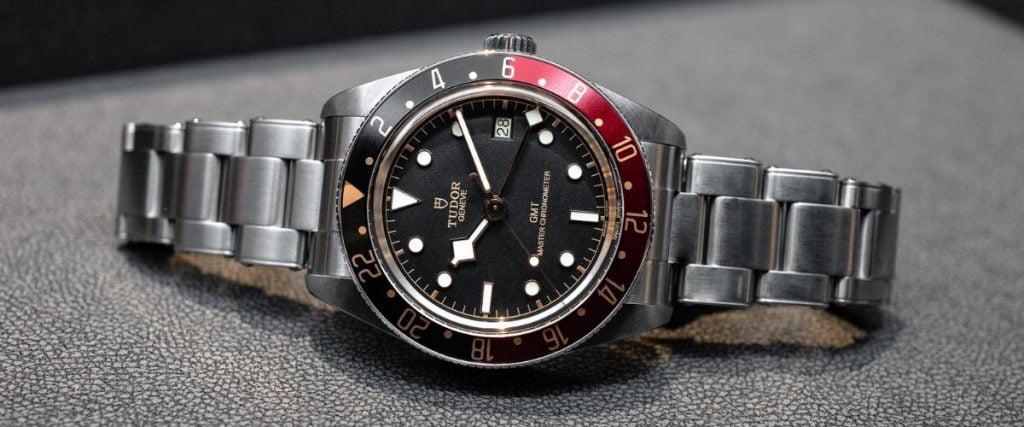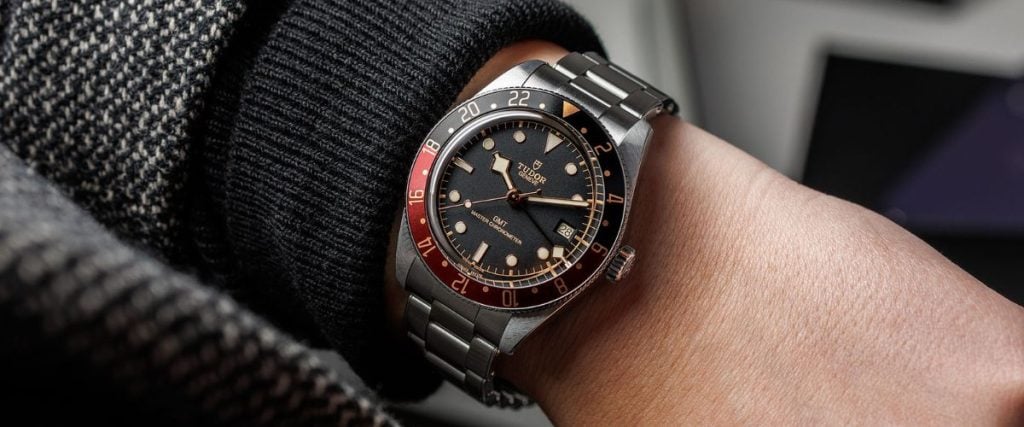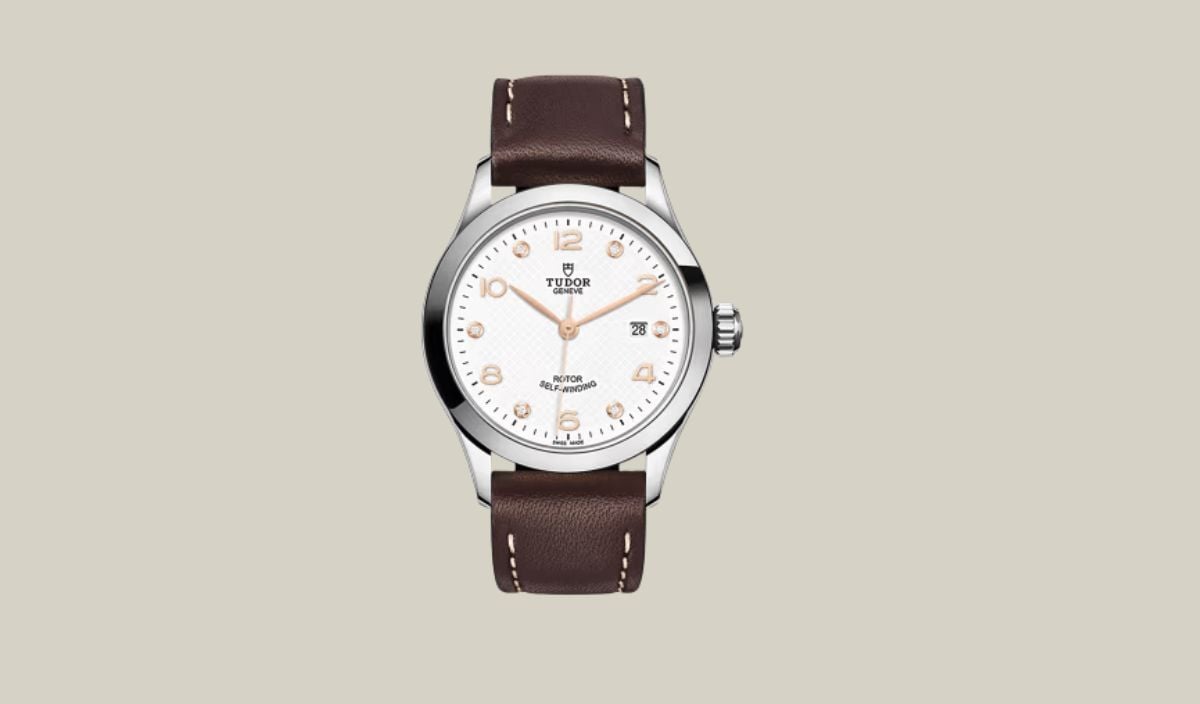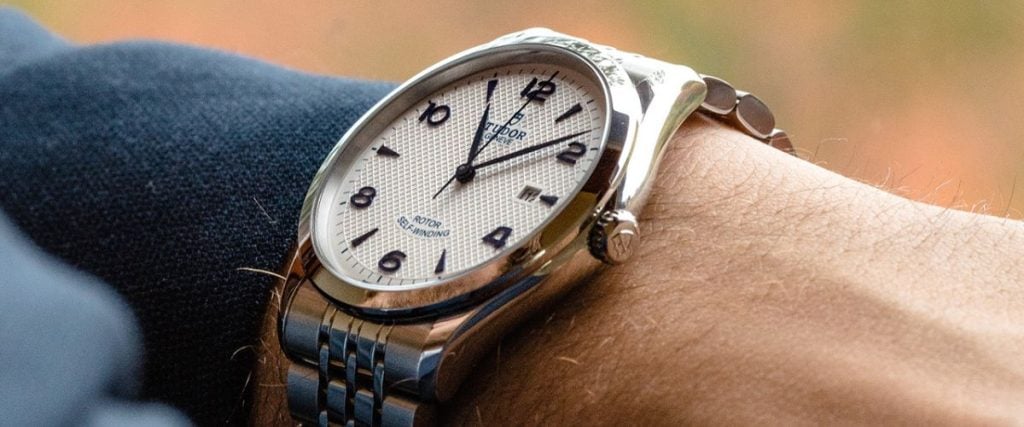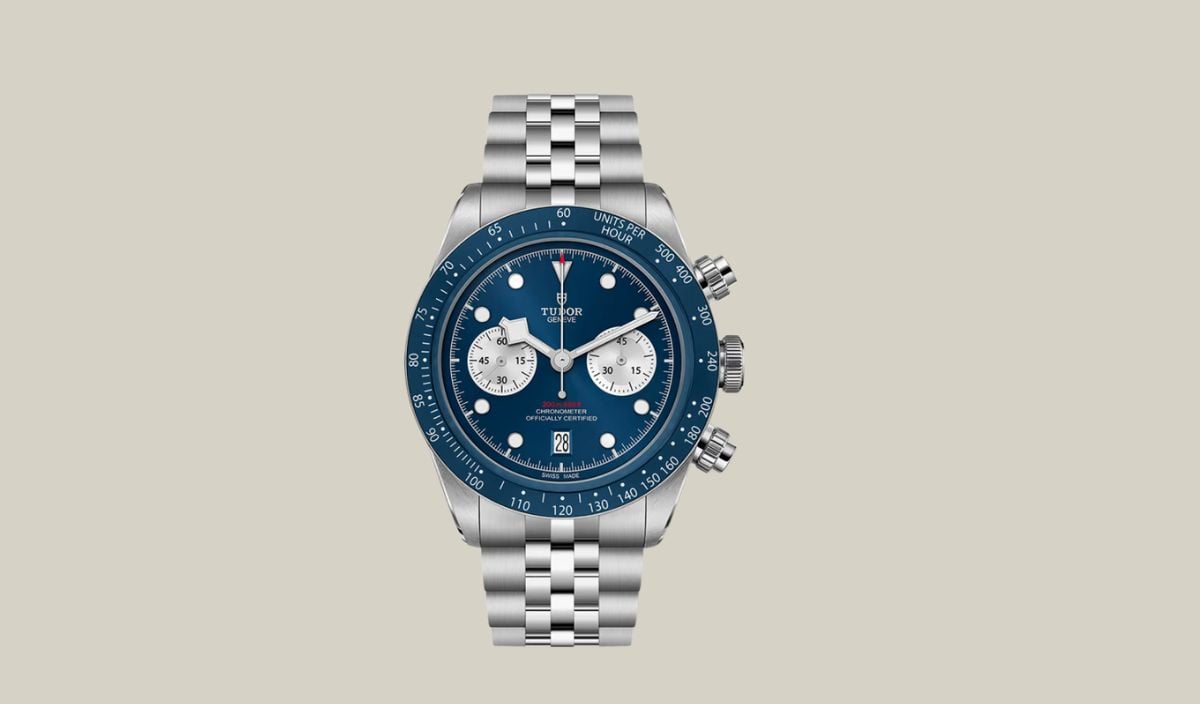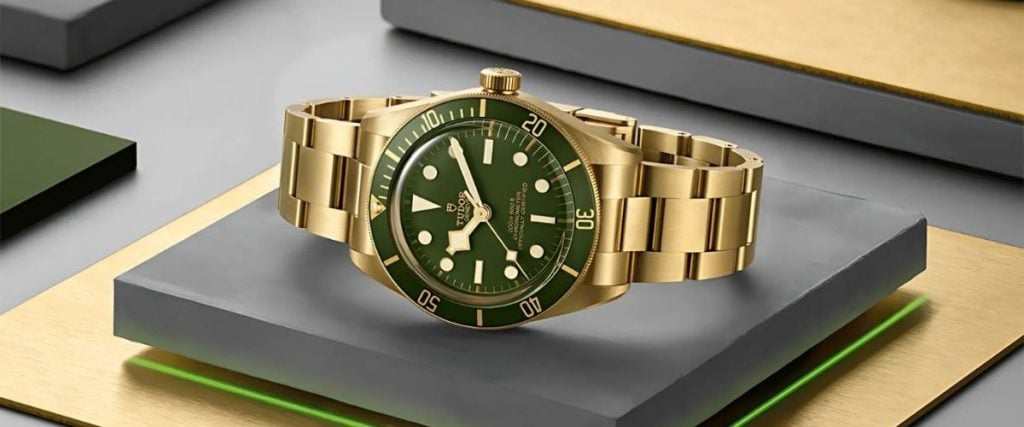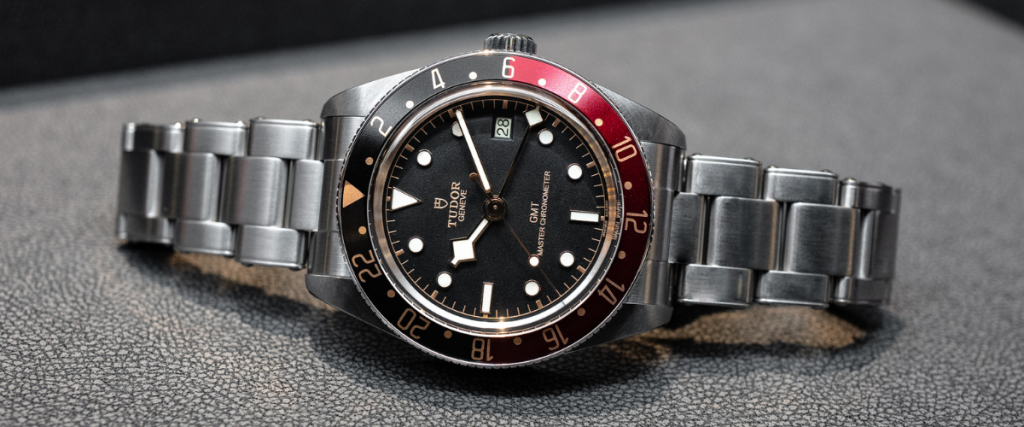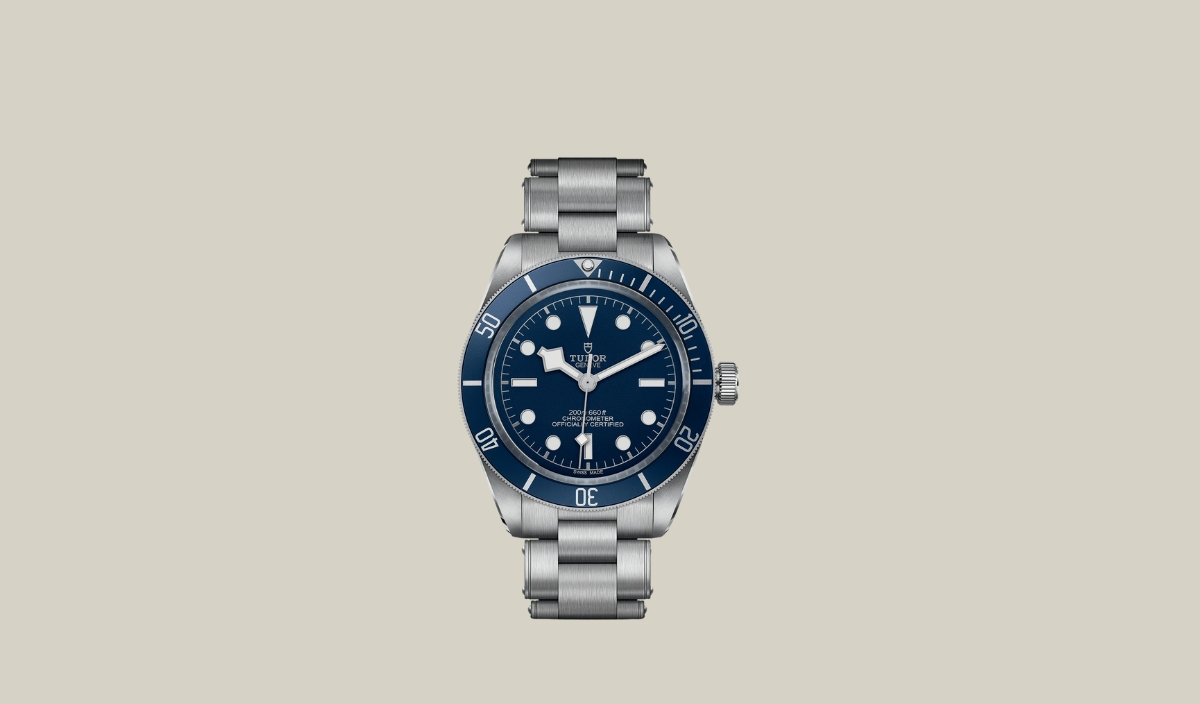
Hans Wilsdorf’s stated goal when he founded Tudor in 1926 was to produce “a watch our agents could sell at a more modest price than Rolex watches, and yet one that would attain the standard of dependability for which Rolex is famous.”
That’s all well enough, but since then, Tudor has often been unfairly dismissed as “the poor man’s Rolex” and “Rolex’s little brother”.
But somewhere Wilsdorf is smiling because 99 years later, after milking the success of its cornerstone Black Bay collection, Tudor stands on its own two feet as a “big boy” brand that has come into its own.
I aim to give readers a broad brushstroke overview of Tudor’s Black Bay line and describe the wide array of styles, sizes, colors, complications, and materials that have emerged from its 2012 launch, including novelties from Watches and Wonders 2025.
Then you will hopefully appreciate how the Black Bay collection has fulfilled Wilsdorf’s vision and become an exemplar of modern “affordable luxury” timepieces that rightly honors its roots.
History
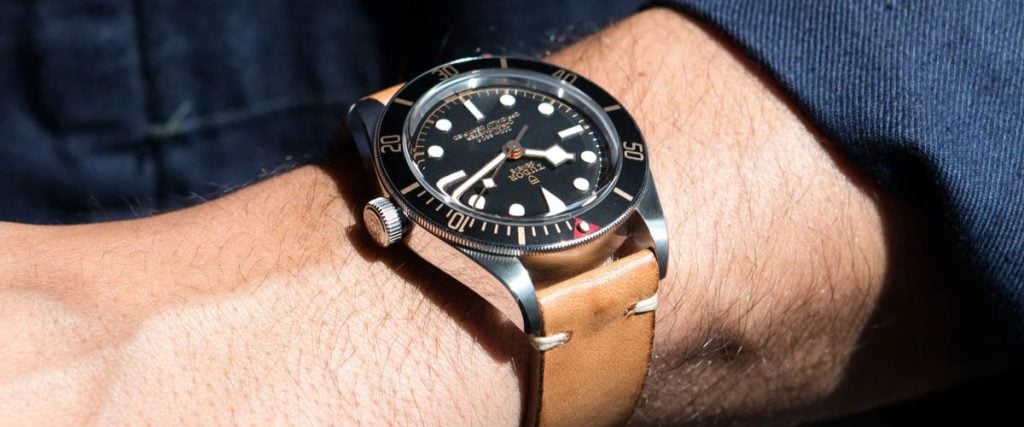
To know the Tudor Black Bay family, you must first learn about its patriarch, the Tudor Oyster Prince Submariner (ref. 7922), born in 1954, the same era that saw the launch of legendary dive watches like the Rolex Submariner and the Blancpain Fifty Fathoms.
The Oyster Prince Submariner became a favorite tool watch among professional divers, including military frogmen and aquanauts in the U.S. Navy and French Marine Nationale.
Affordable but sturdy, they had the same “Crown”-engraved cases and crowns as Rolex, but inside were off-the-shelf ETA movements to decrease costs. Today, these old-school hybrids are highly sought-after pieces among collectors.
In 1968, after collaboration with the French navy, Tudor swapped the original “Mercedes” hours hands for the signature “snowflake” design that allows divers in deep, murky waters to better tell time. Tudor’s Submariner was discontinued in 1999, and for 13 years, Tudor did not produce any dive watches.
Tudor returned to its diver heritage with the launch of the first Black Bay “Heritage” ref. 79220R at Baselworld 2012. The case was stainless steel with a 41mm diameter and a rotating burgundy dive bezel, black dial, and gilted accents, all nods to design language of the past.
The dial had a Tudor rose logo at 12 o’clock with curved “Rotor Self-Winding” print at 6 o’clock, which earned the nickname “Smiley”. The mechanism was an ETA 2824, and the watch had 200 m/330 ft of water resistance. It was offered with a NATO fabric or rubber strap or a matching bracelet.
Retro yet modern, it was an instant hit. It won the “Revival” prize at the 2013 Grand Prix d’Horologerie de Genéve and helped launch a “heritage-inspired” movement that other brands emulated and remains strong to this day.
As you will see in the following, the modern Black Bay is polylingual, with a massive “vocabulary” (by my count,116 references in the current catalog) that speaks to a diverse audience with a variety of needs, tastes, and wrist sizes.
Cases
Black Bay cases are round, “slab-sided”, and made mostly of 316L stainless steel, but some references are black PVD-coated steel, bronze, gold, silver, steel-yellow gold, and even ceramic. Various combinations of brushed and polished finishes are used in the lugs, bezels, cases, and bracelets.
Bezels on Black Bay models come in different colors and are mostly unidirectional with aluminum inserts and diver markings in keeping with their ancestry.
However, the Black Bay GMT and Black Bay 58 GMT have bidirectional bezels with 24-hr markings, the Black Bay Pro, another GMT, a steel bezel with 24-hr markings, the Black Bay Chrono a steel bezel with tachymeter, and Black Bay One (31/36/39/41) bezels are smooth and polished, in either steel or yellow gold.
The crowns are screw-down and engraved with the classic Tudor “rose” logo. The case and crowns provide 200 m/660 ft of water resistance in most Black Bays. The Black Bay One collection, which is a less sporty, more everyday and dressier watch reminiscent of a Rolex Explorer 1, still has a robust 100 m/330 ft of aquatic protection.
Black Bays have scratch-resistant sapphire crystals with anti-reflective coatings. Casebacks are mostly solid, but a few references have sapphire crystal display casebacks.
Tudor Black Bays have a broad range of case diameters, from the Black Bay One’s 31mm options to the Black Bay 54’s 37mm diameter, all the way to the 43mm Black Bay 68 released at Watches and Wonders 2025.
The Black Bay 58 has a 39mm case diameter that hits that “one size fits most all” sweet spot that works great on a wide range of wrists. The Black Bay 58 now has 16 references, including the W&W 2025 releases of the “all-burgundy” dial/bezel refs. M7939A1A0RU-0001 and M7939A1A0RU-0002.
Dial
First things first: All Tudor Black Bay models have signature “snowflake” hours hands and sword-shaped minutes hands. Some references have running seconds hands with a “snowflake” protrusion, while others have a round “ball”.
The Black Bay GMT, Black Bay 58 GMT, and the Black Bay Pro have a “snowflake” fourth hand. The Black Bay Chrono subdial hands are sword shaped, the timing seconds hand red arrow-tipped, and are the only hands in the collection that aren’t lumed.
All Black Bay references have a mix of round plot and baton hour indices, along with an inverted triangle marking 12 o’clock. An exception is the Black Bay Bronze, which has Arabic numerals at 3, 6, and 9. Indices are typically white with a silver-colored border or gilt border with faux patina (light tan).
For a more formal look, round diamond hour indices are available in the Black Bay One sub-collection. A minutes track in the chapter ring is standard, with the Black Bay Chrono drilling a bit further to ¼ minute intervals.
The Black Bay offers several dial colors, including black, blue, opaline, silver, slate grey, green, and champagne. Tudor got cheeky with the Black Bay Chrono “Pink” in 2024 and the Chrono “Flamingo blue” at Watches and Wonders 2025.
Another eye-popping 2025 W&W release was the Black Bay 58 “all-burgundy” bezel and dial with a sunburst finish. Both matte and sunburst finishes are present across the collection.
Fitting for a “heritage” watch, most Black Bays do not have a date window. If you need one, the Black Bay S&G, Black Bay GMT, Black Bay 58 GMT, and Black Bay Pro have date windows at 3 o’clock, and the Black Bay Chrono at 6 o’clock.
Movement
For decades, Tudor used 3rd party ETA movements to achieve lower retail prices in keeping with Wilsdorf’s vision of near-Rolex quality for the “common” man or woman.
Like many brands, Tudor eventually started producing manufacture, or “in-house” movements that reflected the company’s commitment to excellence in watchmaking. Tudor produced its first one, the MT5621, in 2015.
Tudor has continued to the point that in the current 2025 catalog, all Tudor Black Bay movements are manufacture, indicated by the prefix “MT”, and at a minimum are COSC-certified with an accuracy of -4/+6 seconds per day.
Another major development has been Tudor’s move toward Master Chronometer, or “METAS” certification. These movements improve accuracy to a range of 0/+5 seconds per day.
Tudor debuted their first, the MT5602-1U, in the Black Bay Ceramic in 2021. Since then, Tudor has introduced the METAS-certified MT5450-U in their Black Bay 58 GMT in 2024, and the METAS-certified MT5400-U in the “all-burgundy” Black Bay 58 in 2025.
All Tudor manufacture caliber movements, whether COSC-only or METAS, will perform reliably and accurately under both everyday and rugged conditions. All have automatic winding and silicon balance springs that will improve resistance to magnetism, temperature fluctuations, and shocks. They are high beat (28,800 bph) for better accuracy.
Perhaps most importantly for most wearers, they all provide a power reserve in the 70-hr range, allowing a person to take it off on Friday evening and pick it up on Monday morning and wear it without resetting it, making it essentially “weekend proof”.
Straps
Black Bays have strap and bracelet options such as stainless steel, leather, rubber, hybrid rubber-leather, steel-yellow gold, 18K yellow gold, and tight-weave, “jacquard” cloth NATO.
The typical stainless steel bracelet is a brushed, 3-link “Oyster” style with faux rivets for a vintage look—the source of much praise or consternation, depending on your point of view!
Tudor has recently introduced a 5-link style with some polished links that adds a more contemporary and dressier touch. The entire Black Bay One line is fitted with the 5-link, and some recent models like the Black Bay 58 GMT and Black Bay 58 “all-burgundy” have the option of either.
On some models, Tudor offers a “T-fit” clasp that allows “on the fly” micro-adjustment. It has become such a popular feature that many Tudor fans wake up early on the first day of Watches and Wonders to see if their favorite “wish list” Tudor gets a “T-fit” so they have a great excuse to finally “pull the trigger!”
On-Wrist Experience
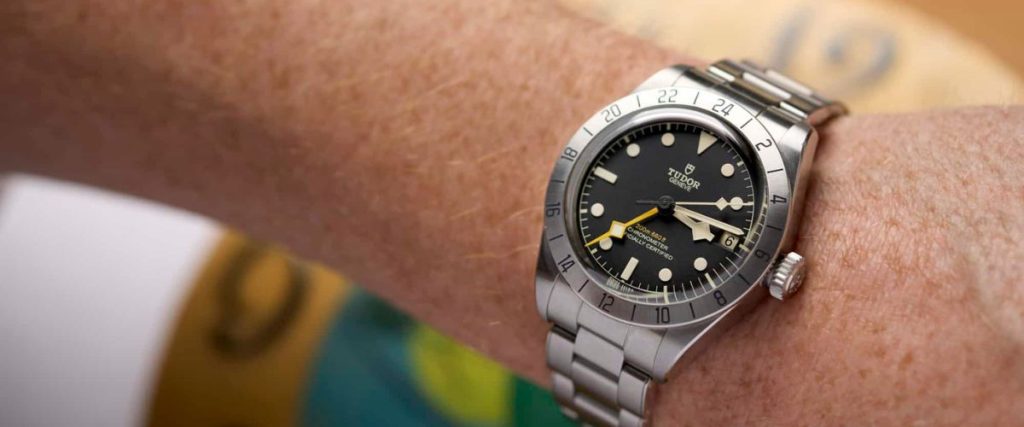
It’s fair to say there is a Black Bay for practically any occasion. Whether it’s dress, sport, or everyday wear, many references go in multiple directions. If you want flair for formal, there are diamond and gold options.
For sports such as diving and hiking, the stainless steel Black Bay, Black Bay 58, and Black Bay Pro offer that range of versatility. If you’re into travel, the Black Bay GMT, Black Bay Pro, and Black Bay 58 GMT’s capability of tracking multiple time zones is your ticket to adventure.
With a case diameter ranging from 31mm to 43mm, there is also a Black Bay for every wrist. With their average lug-to-lug distances, most Black Bays will wear more or less true to size.
Thickness-wise, some are a bit chunky (e.g., the 14.6mm Black Bay GMT and Black Bay Pro), while the 11.2mm Black Bay 54 and 11.9mm Black Bay 58 are svelte enough to slide neatly beneath a cuff.
I own a Black Bay 58, and it’s become one of my top “go-to” watches. It fits my 6.5-inch wrist perfectly, and the OEM “jacquard” weave NATO strap is light and comfortable.
With its versatile 20mm lug width, I’ve added both an aftermarket rubber strap and a stainless steel bracelet to keep things fresh and help scratch that “new watch” itch, so I stay out of financial trouble!
Would I buy it again? Absolutely. But I’d trade it in a heartbeat for that HOT “Caffeine-free, Diet Coke” Black Bay 58 GMT . . .
Availability & Price
If Hans Wilsdorf was still around, he might be surprised that such a thing as a Rolex “wait list” exists. But he would also be pleased that most Tudor Black Bays are either available immediately or after a relatively short period.
Tudor fills a niche in the “affordable luxury” category and represents one of the best value propositions in Swiss watches. Retail prices range from $3,825 USD for the Black Bay 54 with a rubber strap (ref. M79000N-0002) to $33,700 USD for the Black Bay 58 18K yellow gold (ref. M79018V-0006).
When you ignore skewing from precious metal and diamond references, most Tudor Black Bay references fall into the 4-5K range. That’s not chump change, but when you weigh the price compared to competitor brands and consider you’re getting a quality watch from the “House of Wilsdorf”, Tudor stands out from the pack.
On the secondary market, Tudor Black Bays hold their value sort of okay, but not as well as Rolex Submariners.
Consider a flagship reference like the Tudor BB 58 ref.M79030N-0001 on a stainless steel bracelet and compare its $4,175 retail to the aftermarket price (new, unworn) of $2,802 as of 4/24/25 quoted on WatchCharts.com—now you see what I mean by “sort of okay.” But hey, watches weren’t put on this earth to be investments, but instead to be worn and enjoyed!
Incidentally, if you want to dive deeper into pricing and options, Exquisite Timepieces has a large selection of new and pre-owned Black Bay watches.
Final Thoughts
Ever wonder why Tudor used the name “Black Bay”? Per the company, it was to evoke the image of a “fictitious hidden cove that holds secrets that can only be unearthed with time, step by step.”
Put that way, it appears the Tudor Black Bay is doing just that: slowly revealing new horological treasures, year by year, with no end in sight.
“Little brother”? Nah, tell it to the wrist.


